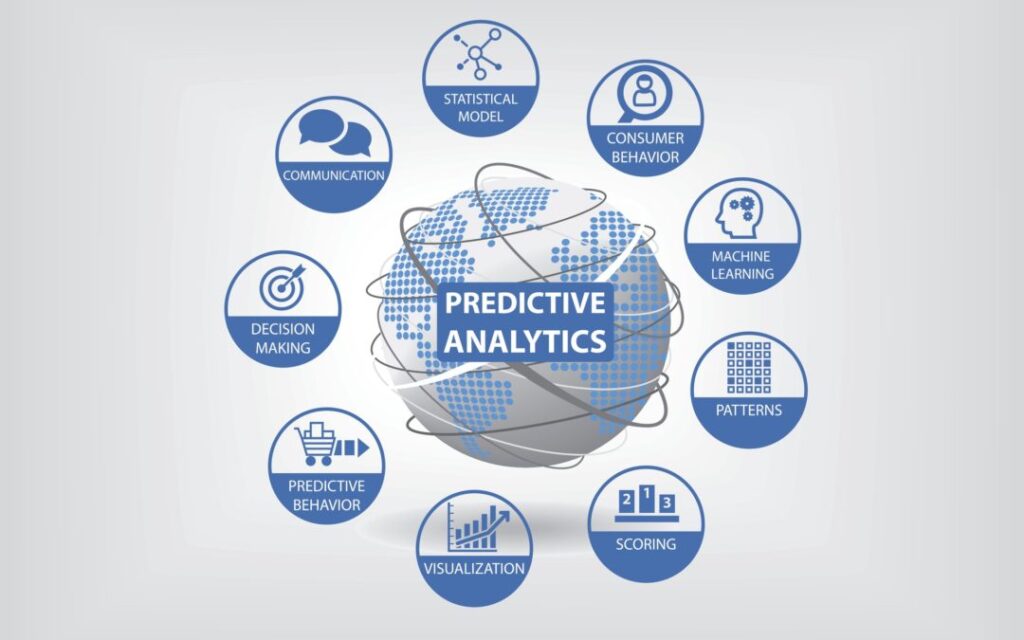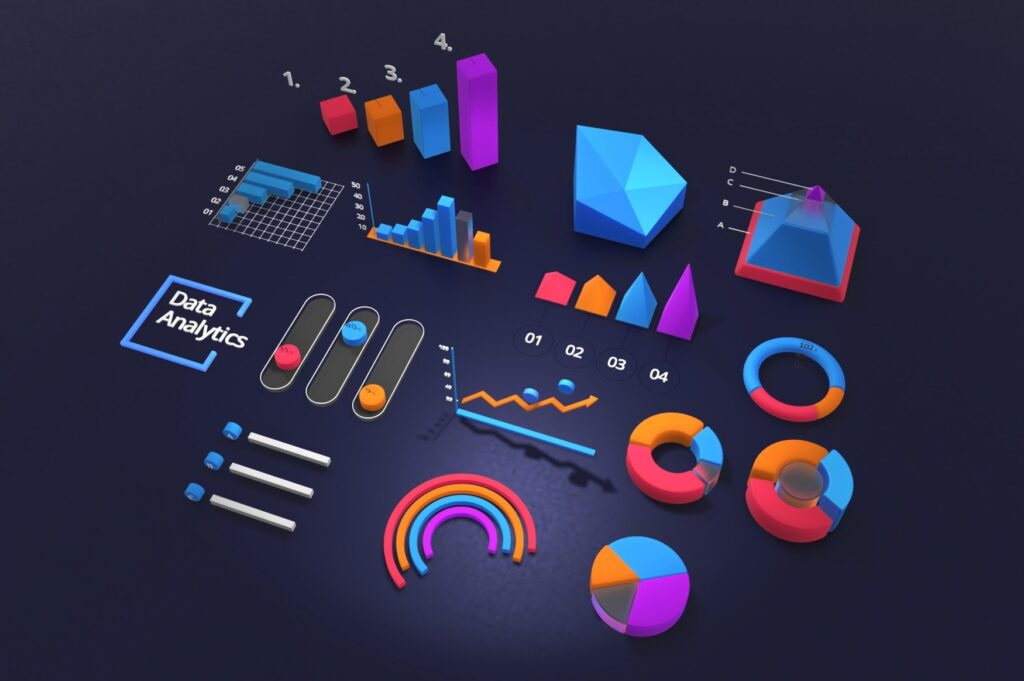Introduction
Predictive analytics is transforming the marketing landscape, allowing businesses to forecast future trends, understand customer behavior, and optimize their strategies. In this blog post, we will explore how it works, its benefits, challenges, and real-world applications. Our focus keyword is “predictive analytics in marketing,” which we will use throughout to optimize for search engines.
What is Predictive Analytics?
This involves using historical data, machine learning, and statistical algorithms to predict future outcomes. In marketing, it helps businesses anticipate customer actions, identify trends, and make data-driven decisions to enhance their marketing efforts.

How Predictive Analytics Works
Predictive analytics in marketing typically follows these steps:
- Data Collection: Gathering historical and real-time data from various sources, such as customer interactions, transactions, social media, and web analytics.
- Data Preparation: Cleaning and organizing the data to ensure accuracy and consistency.
- Model Building: Developing predictive models using machine learning algorithms to analyze the data and identify patterns.
- Model Testing and Validation: Testing the models with a subset of data to ensure their reliability and accuracy.
- Deployment: Applying the models to new data to make predictions and inform marketing strategies.
- Monitoring and Optimization: Continuously monitoring the models’ performance and making adjustments as needed to improve accuracy.
Benefits of Predictive Analytics in Marketing
Enhanced Customer Insights
This provides deep insights into customer behavior and preferences. By analyzing past interactions and purchase patterns, marketers can segment their audience more effectively and tailor their campaigns to meet specific needs and interests.
Improved Customer Acquisition and Retention
Understanding which prospects are most likely to convert helps businesses allocate their resources more efficiently. This can identify high-value leads, optimize marketing spend, and design personalized retention strategies to keep existing customers engaged.
Increased Campaign Effectiveness
By predicting which marketing strategies will yield the best results, businesses can create more targeted and effective campaigns. Predictive analytics helps in determining the right message, timing, and channel for each customer segment, leading to higher engagement and conversion rates.
Better Decision Making
Predictive analytics equips marketers with data-driven insights that enhance decision-making processes. From product recommendations to pricing strategies, businesses can make informed choices that align with market trends and consumer behavior.
Cost Efficiency
Predictive analytics can identify inefficiencies in marketing spend and suggest reallocations to maximize ROI. By focusing on high-impact strategies and channels, businesses can reduce waste and increase overall marketing efficiency.

Applications of Predictive Analytics in Marketing
Customer Segmentation
This helps in creating detailed customer segments based on behaviors, preferences, and demographics. This enables marketers to deliver personalized experiences and targeted offers that resonate with each segment.
Churn Prediction
By analyzing patterns in customer behavior, can identify signs of potential churn. Marketers can then take proactive measures, such as personalized offers or improved customer support, to retain at-risk customers.
Lead Scoring
Predictive models can score leads based on their likelihood to convert, allowing sales and marketing teams to prioritize their efforts on high-potential prospects. This improves the efficiency of lead nurturing and sales processes.
Personalized Marketing
This enables highly personalized marketing by anticipating customer needs and preferences. Businesses can deliver tailored content, product recommendations, and offers that enhance the customer experience and drive loyalty.
Demand Forecasting
Accurate demand forecasting helps businesses manage inventory, plan promotions, and optimize supply chains. Predictive analytics models can anticipate changes in demand based on historical data and market trends.
Challenges of Predictive Analytics in Marketing
Data Quality and Integration
The effectiveness of predictive analytics depends on the quality and completeness of the data. Ensuring accurate data collection, integration from various sources, and data cleaning can be challenging but is crucial for reliable predictions.
Complexity of Models
Developing and maintaining predictive models requires specialized knowledge in data science and machine learning. Businesses may need to invest in skilled personnel or partner with external experts to leverage effectively.
Privacy Concerns
Using customer data for predictive analytics raises privacy and ethical considerations. Businesses must comply with data protection regulations and ensure transparent data practices to build trust with their customers.
Implementation Costs
Implementing predictive analytics can involve significant costs, including software, infrastructure, and talent acquisition. However, the long-term benefits and improved ROI often justify the initial investment.
Netflix
Netflix uses predictive analytics to recommend shows and movies to its users. By analyzing viewing habits and preferences, Netflix can suggest content that aligns with individual tastes, enhancing user satisfaction and engagement.
Amazon
Amazon leverages predictive analytics to optimize its recommendation engine. By analyzing purchase history and browsing behavior, Amazon provides personalized product suggestions that drive sales and improve the shopping experience.
Starbucks
Starbucks uses predictive analytics to personalize its marketing campaigns. By analyzing transaction data, Starbucks can tailor promotions and offers to individual customers, increasing loyalty and sales.
Conclusion
This is revolutionizing marketing by providing actionable insights that enhance customer engagement, improve campaign effectiveness, and drive business growth. While challenges exist, the benefits of adopting predictive analytics far outweigh the obstacles. By investing in the right tools, talent, and strategies, businesses can harness the power of predictive analytics to stay ahead in the competitive marketing landscape. Share this post if you found it helpful and believe in the transformative potential of predictive analytics in marketing!